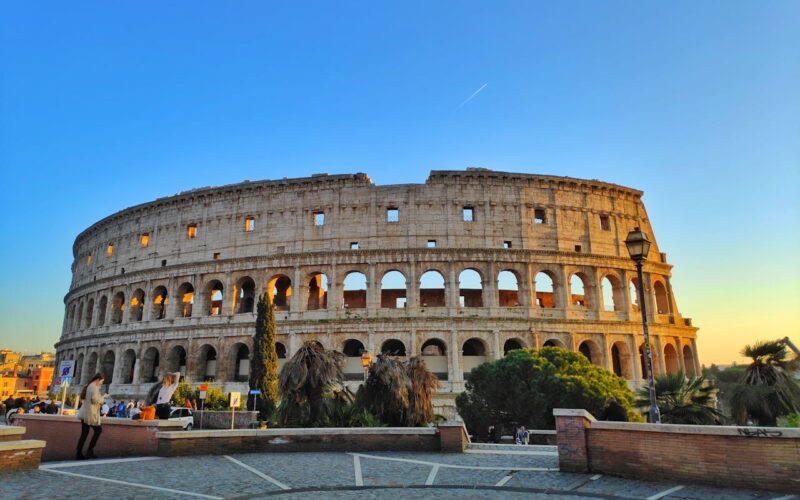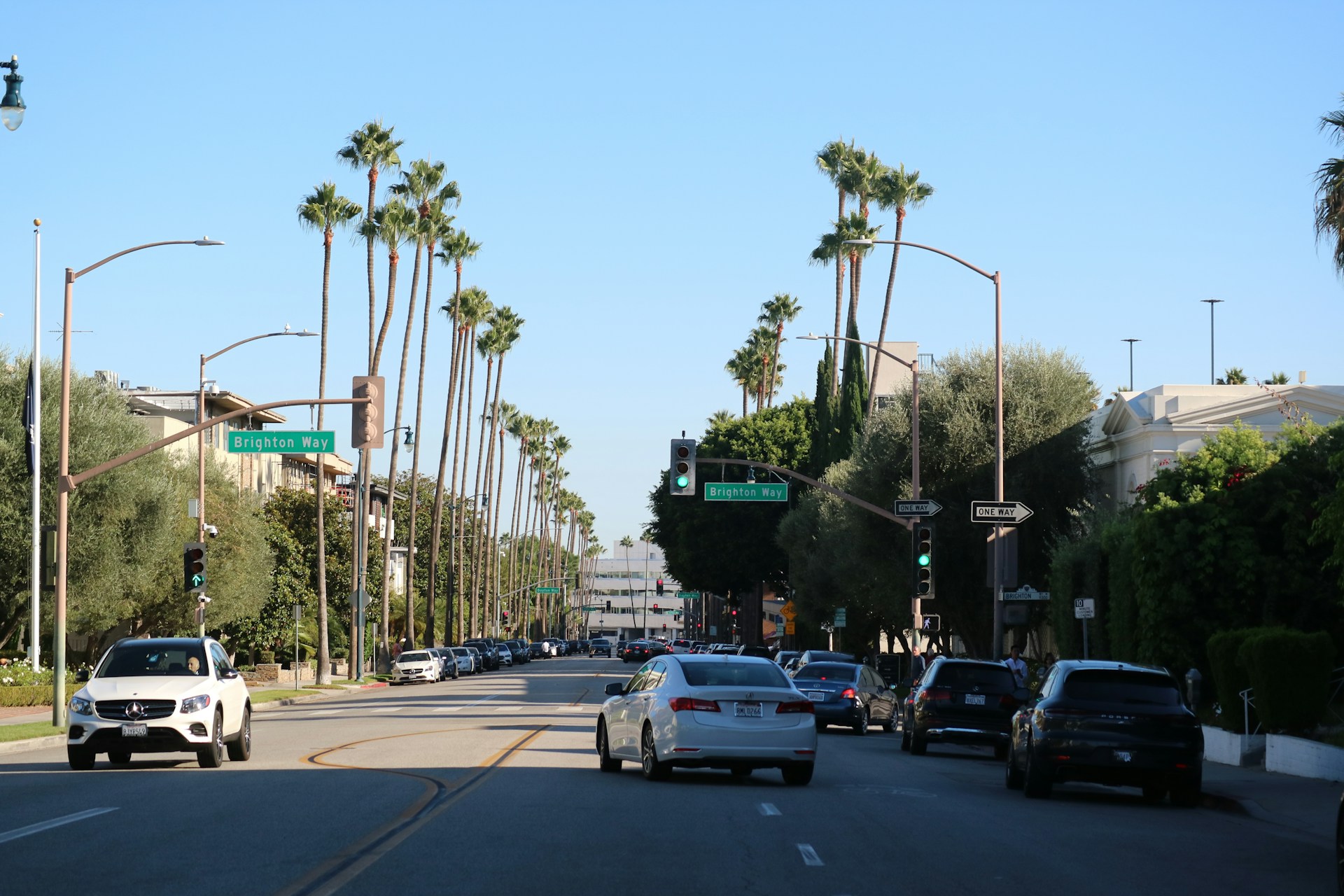Travel is shifting away from bragging rights and toward places that feel human, spacious, and grounded in daily rituals. Destination dupes are not backups; they are serious first choices where architecture, flavors, and dramatic scenery still belong to locals before crowds. Each swap here echoes a famous counterpart, then improves on it with calmer streets, kinder prices, and room to breathe. The memories feel sharper when the destination does not shout for attention, only invites it with quiet, unforced confidence.
Porto, Portugal
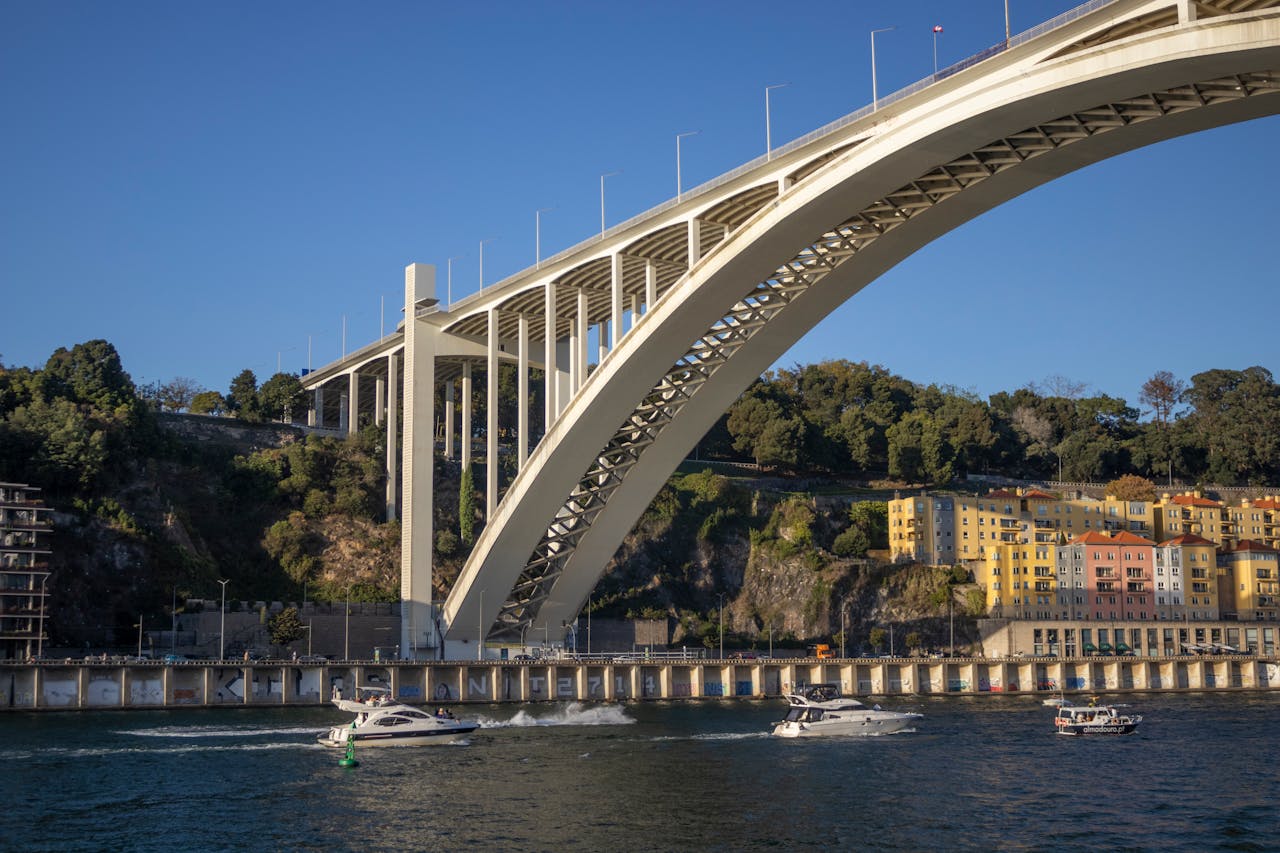
Porto keeps the riverfront drama and tiled facades people chase in Lisbon, but life moves at a calmer, more local cadence. Historic wine lodges, market halls, and steep alleys feel lived in rather than styled for quick photo stops. Trains slide easily into the Douro and surf towns, restaurants pour port and seafood without harsh markups, and sunsets along the Ribeira arrive with time to wander, talk, and stay instead of shuffling through cruise crowds.
Ljubljana And Lake Bled, Slovenia
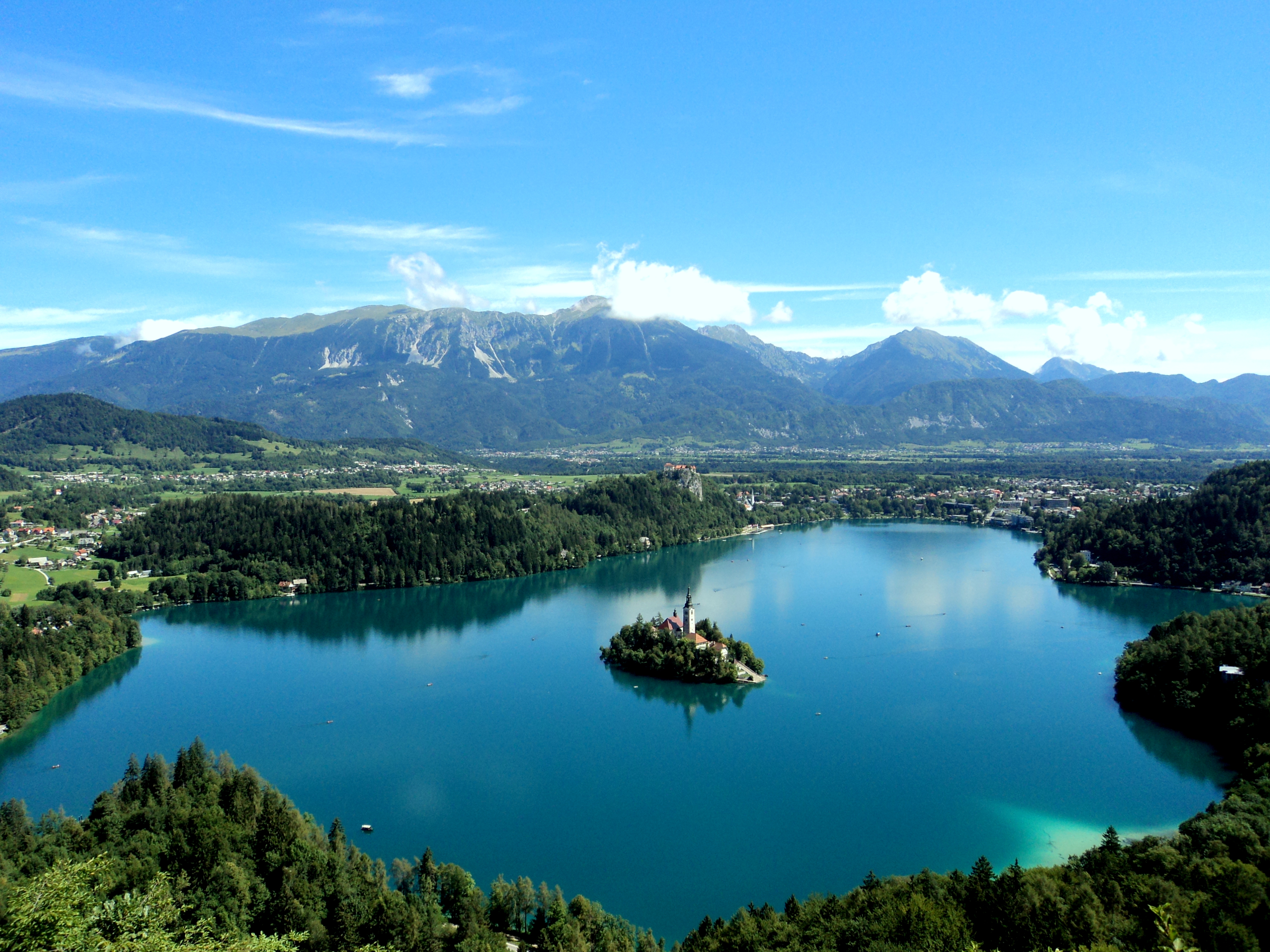
Ljubljana pairs a leafy riverfront and castle views with an old town that still belongs to residents on bikes and at cafe tables. A short ride reaches Lake Bled, where an island church, clear water, and forested slopes echo the romance people expect from Venice without congestion. Walking paths, markets, and small galleries stay relaxed across seasons, so the experience feels like a gentle immersion in everyday Slovenia rather than a scramble between souvenir stands.
Girona, Spain
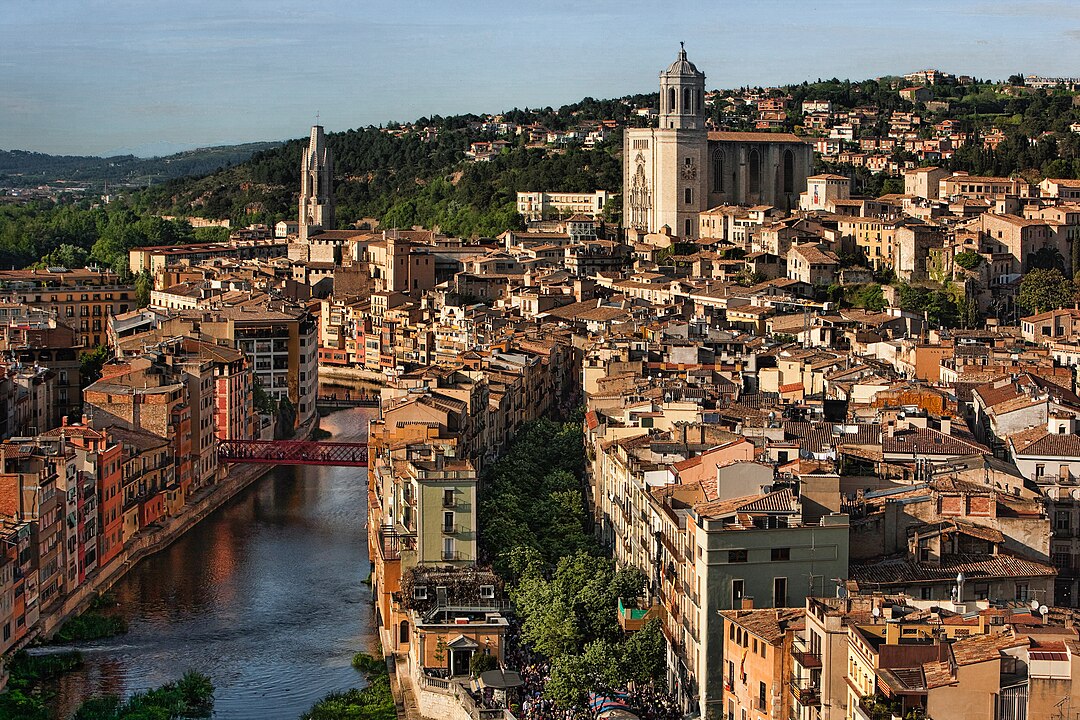
Girona folds medieval walls, a riverside old quarter, and layered Catalan history into a compact city that sidesteps Barcelona excess. Stone lanes host wine bars, bakeries, and studios that still track local routines. High speed trains link easily to the capital, Costa Brava coves, and Pyrenean hikes, yet evenings in Girona stay clear of cruise groups and restless nightlife. It feels like the thoughtful version of the urban break many travelers wish Barcelona still was.
Bologna, Italy
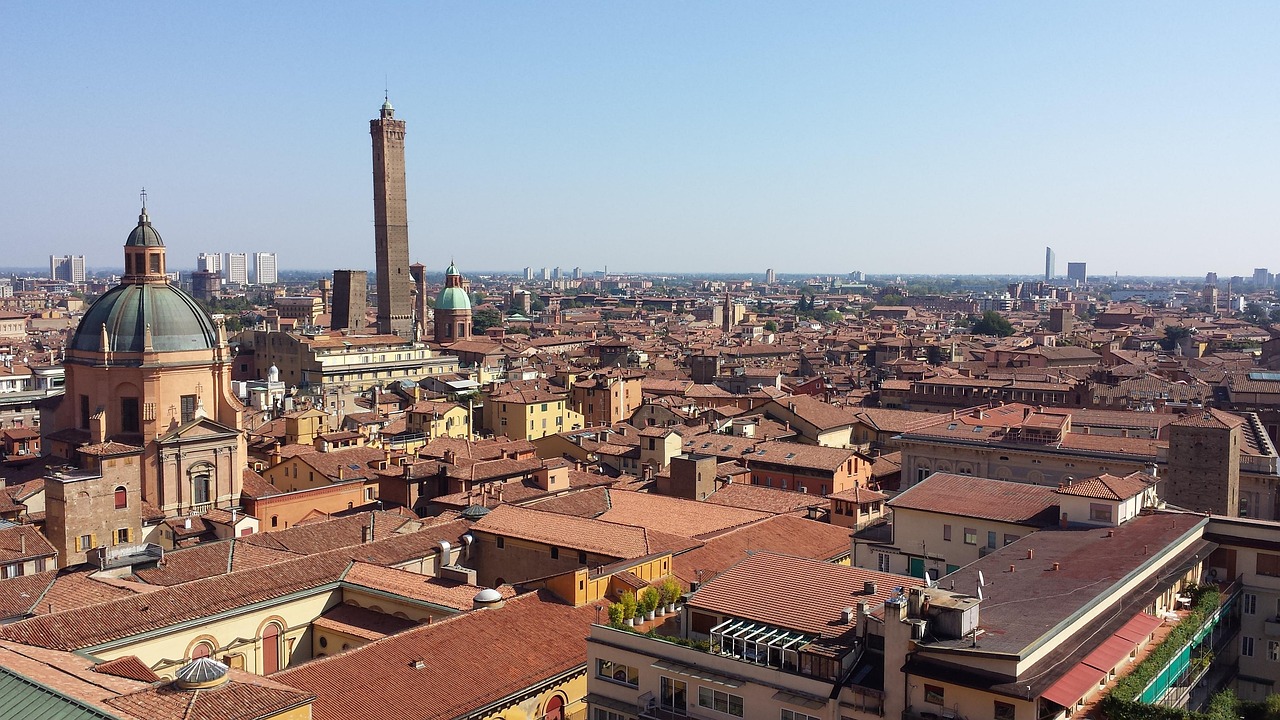
Bologna matches Florence sense of art and history with arcades, towers, and terracotta roofs, then adds markets and trattorias that anchor daily life. Students, professors, and families fill the streets, so museum visits blend naturally with slow lunches and late aperitivo. Prices stay friendlier than the Tuscan showpiece, reservations feel less frantic, and the city food reputation is fully earned. It delivers Renaissance beauty without feeling curated only around short stays.
Kanazawa, Japan

Kanazawa reflects Kyoto elegance through teahouse districts, samurai streets, and Kenrokuen landscaped calm, yet crowds remain manageable. Wooden facades glow at dusk, craftspeople still work gold leaf and ceramics nearby, and time with geiko feels respectful rather than rushed. The city center is compact enough for wandering on foot between gardens, galleries, and market stalls, creating space to register details that often blur past in Kyoto busiest quarters.
Oaxaca City, Mexico
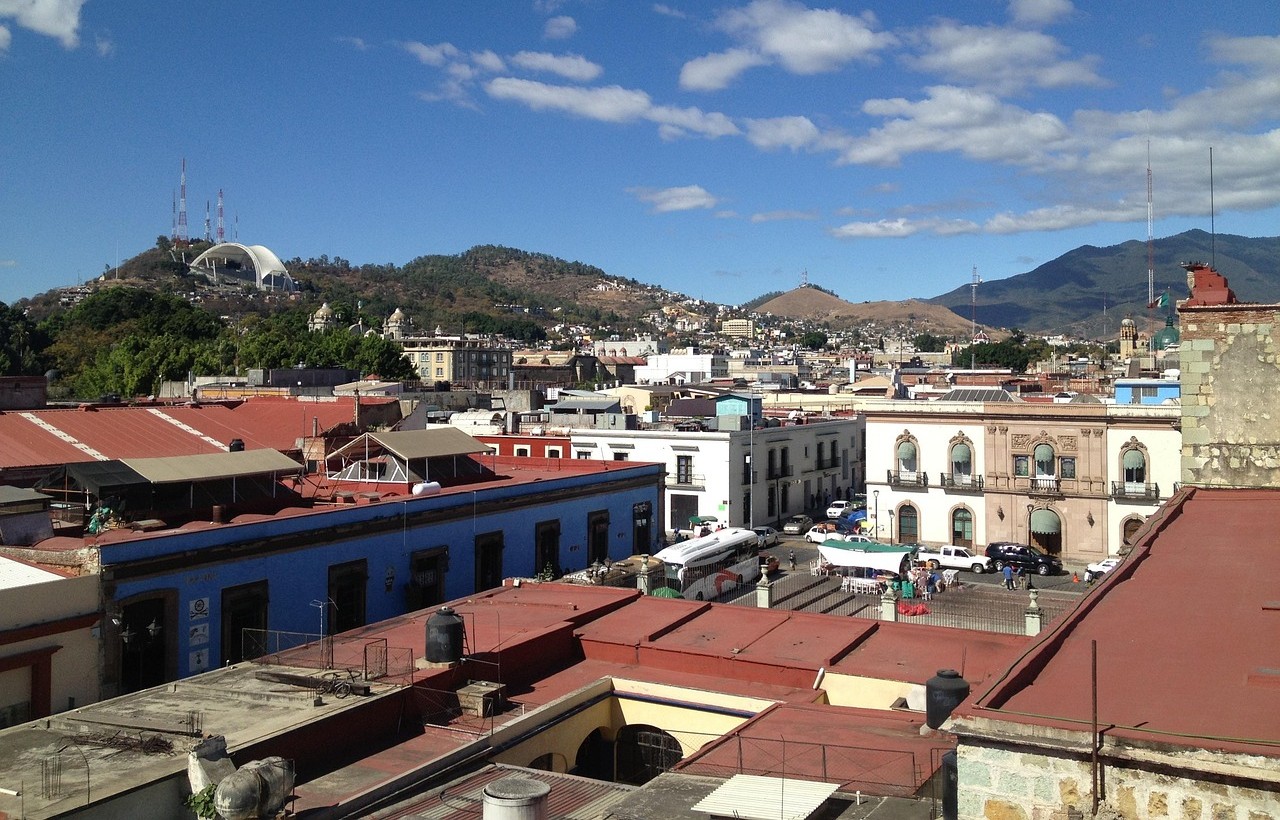
Oaxaca City condenses the creative pulse of Mexico City into walkable streets of green stone churches, markets, mezcal bars, and studios. Regional dishes, from mole to tlayudas, define daily life rather than novelty menus. Galleries, textile workshops, and festivals run deep into surrounding valleys, giving visitors direct contact with indigenous culture and contemporary art. It holds serious culinary and cultural weight with less smog, less chaos, and a strong sense of place on every block.
Luang Prabang, Laos

Luang Prabang carries the temple silhouettes, palms, and river horizons many seek in Bali, but daily rhythm stays softer. Alms at sunrise, slow boats on the Mekong, and wooden houses under frangipani trees feel grounded rather than staged. Waterfalls, caves, and village crafts sit close by, and independent guesthouses outnumber loud resorts. The town holds its spiritual center while welcoming visitors, avoiding dense traffic, beach clubs, and construction that pull Bali away from quiet moments.
Tbilisi, Georgia
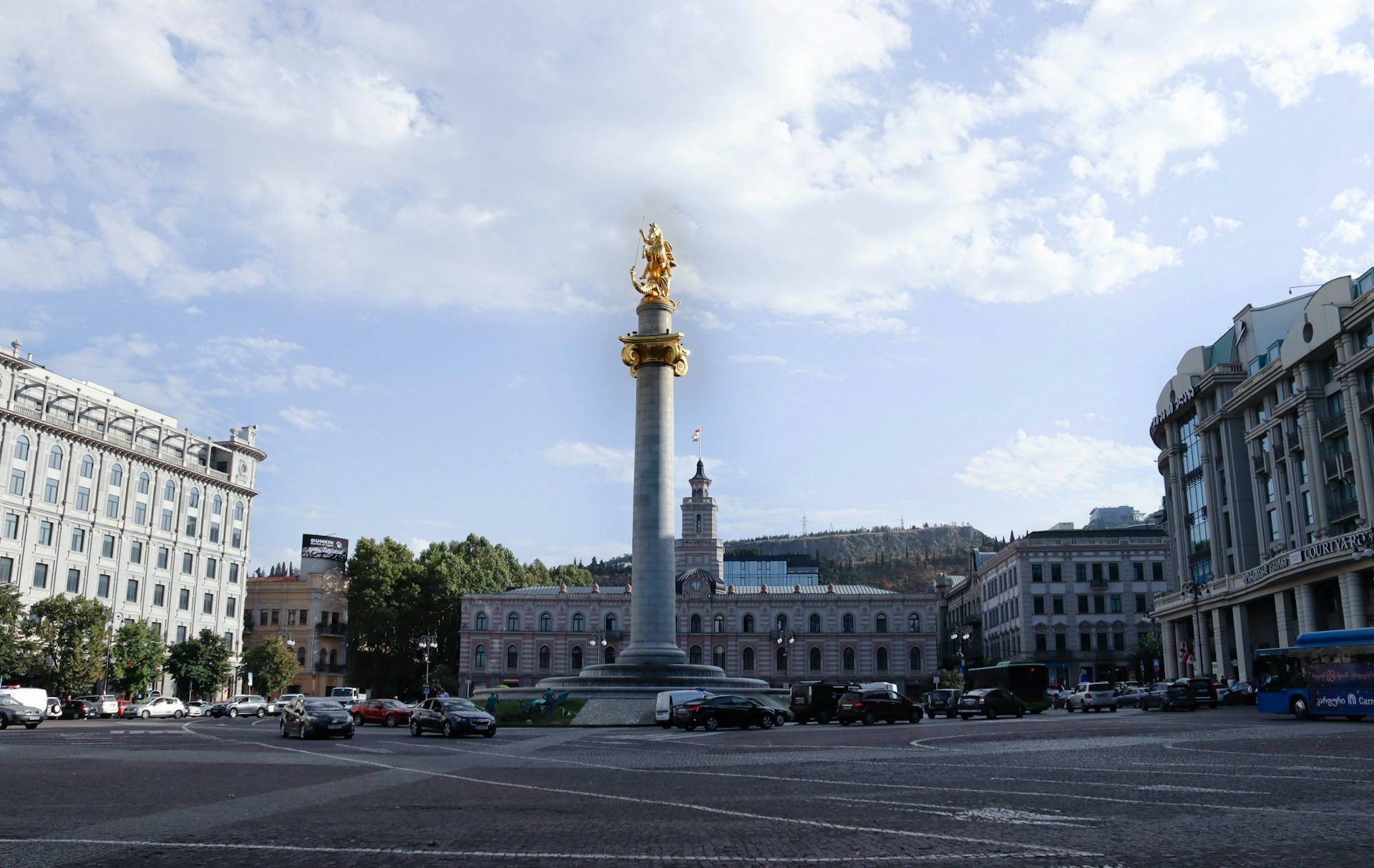
Tbilisi offers the romantic hillsides, river vistas, and layered architecture associated with Prague and Budapest, then adds its own sharp character. Sulfur baths, balconies tilting over lanes, and street art sit beside wine bars pouring qvevri vintages rooted in ancient methods. Cafes, clubs, and galleries remain accessible in price and attitude. The city feels experimental yet unpretentious, giving the same historic drama with more room to share, not only watch, urban life unfold.
Puglia, Italy
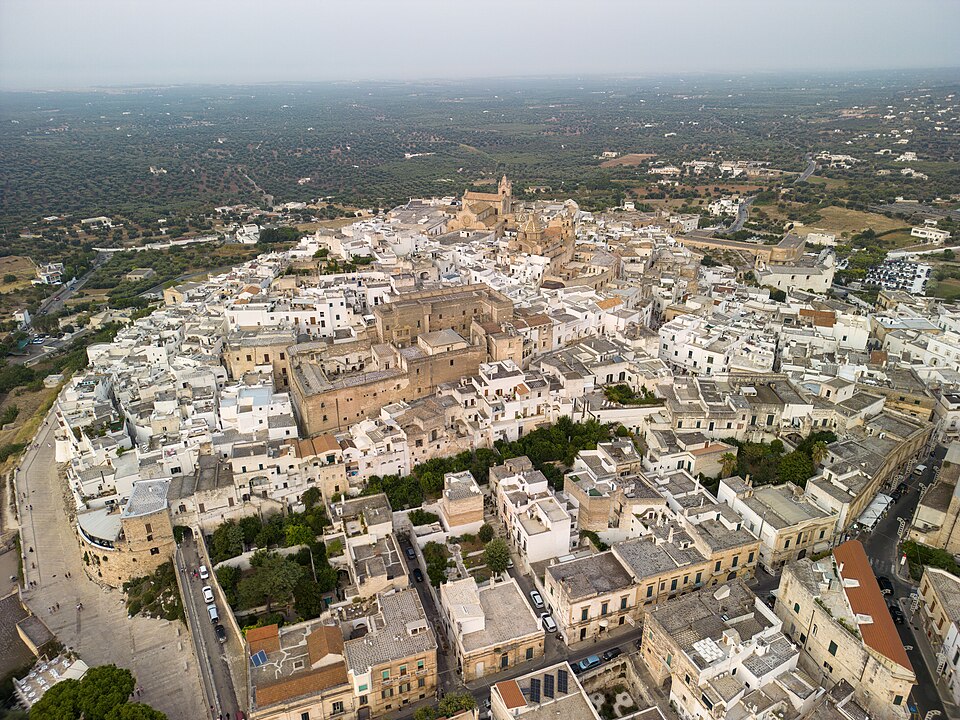
Puglia replaces Amalfi tour buses and cliff traffic with whitewashed towns, olive groves, and clear Adriatic coves. Even in peak season, many villages still run on local schedules, with families in the piazza and fish grilled a few steps from the sea. Trulli in Alberobello, baroque Lecce, and quiet farm stays spread travelers across the region. Costs for stays, parking, and dining often land lower while the scenery easily holds its own against the famous coast.
Lofoten Islands, Norway

The Lofoten Islands compress Iceland style drama into a tight chain of fishing villages, peaks, and Arctic beaches. Rorbuer cabins rest on stilts above harbors, giving direct contact with working communities alongside small galleries and cafes. Roads trace short distances between hikes, sea safaris, and northern lights viewpoints, so time goes into experiences instead of long transfers. It feels raw, cinematic, and accessible without tipping fully into mass tour bus territory.
